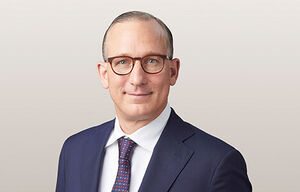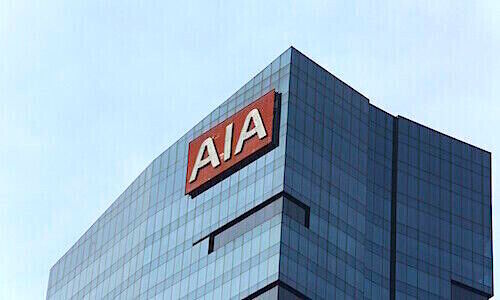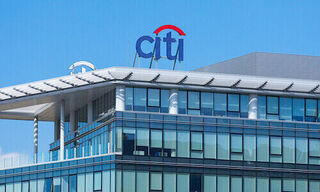Guest comment by Aditya Monappa, Head of Asset Allocation and Portfolio Solutions, Wealth Management, Standard Chartered.
Risk-averse investors worldwide, who traditionally park their money in bonds, have been struggling since the 2008 financial crisis to earn a healthy income as interest rates have remained at rock-bottom.
Recent weeks brought more unpleasant surprises for this group. As the US economy emerged from a rough winter (yet again) and Europe shook off a temporary bout of deflation, government bonds nose-dived as investors demanded higher interest rates on some of the world’s safest bonds.
In many cases, government bonds fell more sharply than riskier debt issued by lower-rated governments and companies. This is the opposite of what normally happens – less risky government bonds are seen as safe havens in times of uncertainty.
The contrarian occurrence – possibly caused by interest rates on the safest debt being extremely low (and hence needing to rise much faster as the global economy recovers) – has turned traditional income-investing on its head.
With the Federal Reserve (Fed) preparing to lift its benchmark interest rate some time later this year, investors need to look for sources of regular income which are likely to cope better with rising volatility while preserving the value of their investment.
The good news is that there are now several prudent strategies at the disposal of investors that will help them to steer through the uncertainty. The most basic of these, and possibly the most effective, is holding a diversified basket of traditional and non-traditional income-generating assets.
Broadly, we categorise the different income generating assets into three segments based on their yields:
Preservation assets, which offer the lowest yields and consist mainly of traditional ‘safe havens’ such as highest grade government bonds from developed markets and high quality corporate bonds
Maintenance assets, which offer slightly higher yields (around 5 per cent) and consist of a mix of traditional (eg. high grade emerging market bonds) and non-traditional (eg. dividend paying stocks) income assets
Aspirational assets, which pay the highest yields and consist of high-yielding corporate bonds from developed markets and Asia, including Indian rupee-denominated corporate bonds, as well as some non-traditional income generators such as preferred stocks
For an investor ready to accept moderate risk, a basket organised along these lines would contain around two-fifths in bonds and other traditional fixed income securities, a fifth in non-core income assets and another two-fifths in dividend-paying equities.
However, with the traditional logic of the bond market turning on its head recently, we believe it may be prudent to reduce holdings in the ‘preservation’ bucket as the traditionally ‘safe’ assets no longer offer protection against rising volatility and instead appear to be more vulnerable to rising interest rates.
Instead, investors are likely to be rewarded by increasing their allocation to the ‘maintenance’ bucket. Specifically, investing in ‘unconstrained’ fixed income funds and high grade CNY-denominated bonds could offer attractive returns, while reducing the volatility of the basket. CNY bonds, in particular, have a low correlation with other asset classes which acts as a solid defence in uncertain times.
On top of this, allocation to the ‘aspirational’ bucket in measured amounts can enhance the yield of the portfolio.
We would, however, hedge the currency risk on non-USD denominated government and developed market high-grade corporate bonds because the yield on such bonds offers little buffer against exchange rate volatility.
Why hedge the risk back to the US dollar? Because we expect this to outperform other major currencies as the Fed raises interest rates, albeit gradually, while other leading central banks, such as the European Central Bank and the Bank of Japan, continue with monetary stimulus.
Investors should also consider reducing holdings in interest rate-sensitive sectors such as real estate investment trusts in favour of non-traditional hybrid securities such as convertible bonds and preferred shares.
While the search for yield is likely to continue in a low-interest rate world, we still believe that investors who maintain a diversified portfolio of traditional and non-traditional income assets are likely to be rewarded with a sustainable income stream.




















